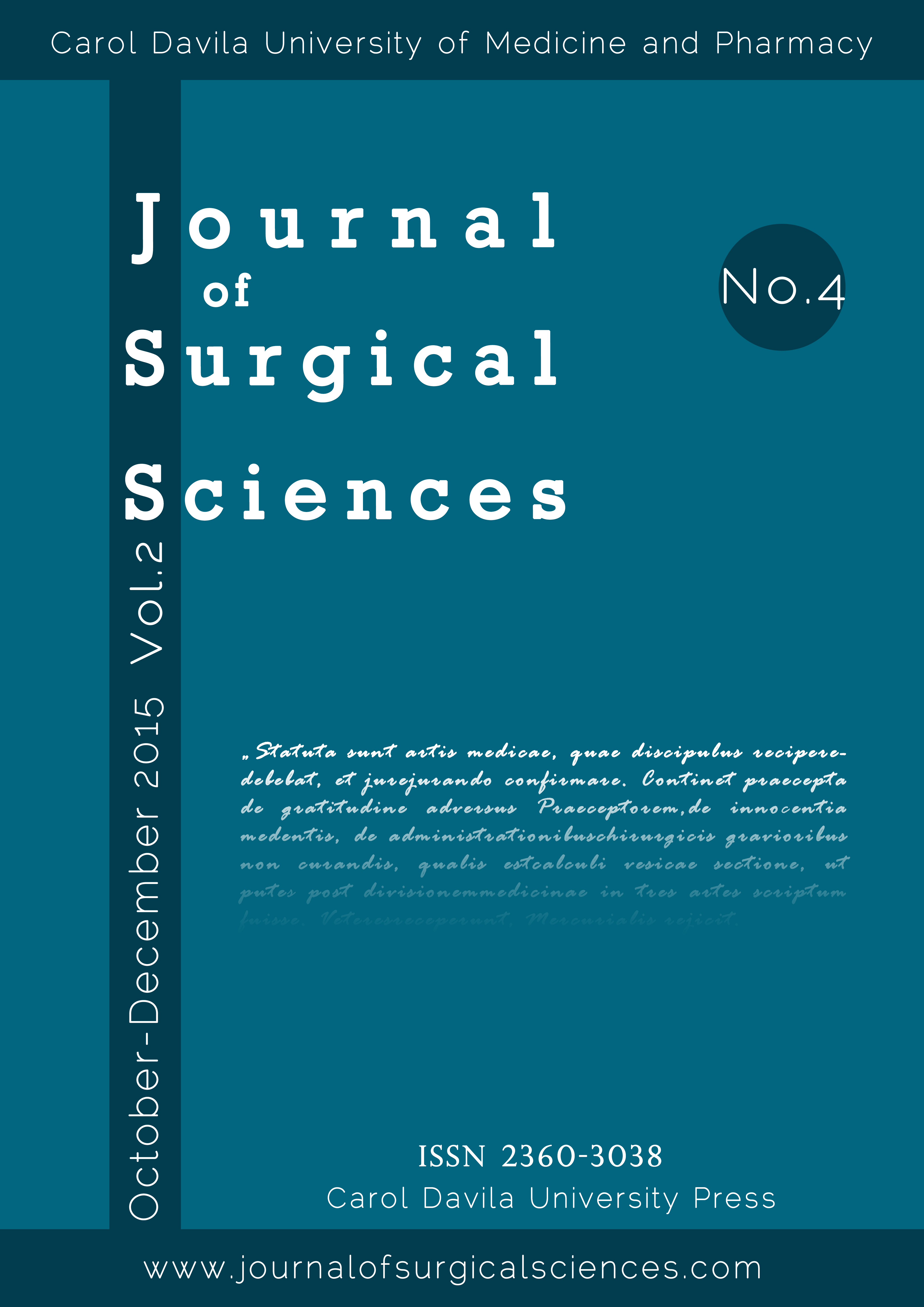AN UNUSUAL CASE OF CEREBELLAR VENOUS ANGIOMA ASSOCIATED WITH TEMPORAL CAVERNOMA – PATHOPHYSIOLOGICAL, DIAGNOSTIC, AND SURGICAL CONSIDERATIONS
CLINICAL CASE
Abstract
Cerebral vascular malformations are hamartomas, classified into four distinct groups:
arteriovenous malformations, cavernous malformations, capillary telangiectasias, and
developmental venous anomalies. These abnormal vascular entities have distinct histopathological, radiological, and clinical features, which make them different from one another. We report a case of a 37-year-old man, who presented with headaches, generalized grand mal seizures, and an episode of loss of consciousness, due to a left temporal cavernoma. Gadolinium-enhanced T1-
weighted MR images showed a left temporal “popcorn-like” lesion, with heterogeneous
enhancement, measuring 15/17/18 mm, suggestive of a cavernoma (angiographically occult
malformation). The T2-weighted MRI showed a right cerebellar venous plexus, draining into a
larger central vein and the angiogram revealed the pathognomonic caput medusae aspect of a
venous angioma. Microsurgical resection of the left temporal cavernous malformation was
performed using a left frontal temporal approach. The venous angioma was spared to avoid venous
infarction and cerebral edema with devastating vital consequences. The intra- and postoperative
courses were uneventful with total recovery. The seizures remitted under anticonvulsant therapy,
and the postoperative computer tomography investigation were within normal limits. The venous angioma was situated in the right cerebellar hemisphere, rather than near the cavernoma, its location making this the particular aspect of this case.





